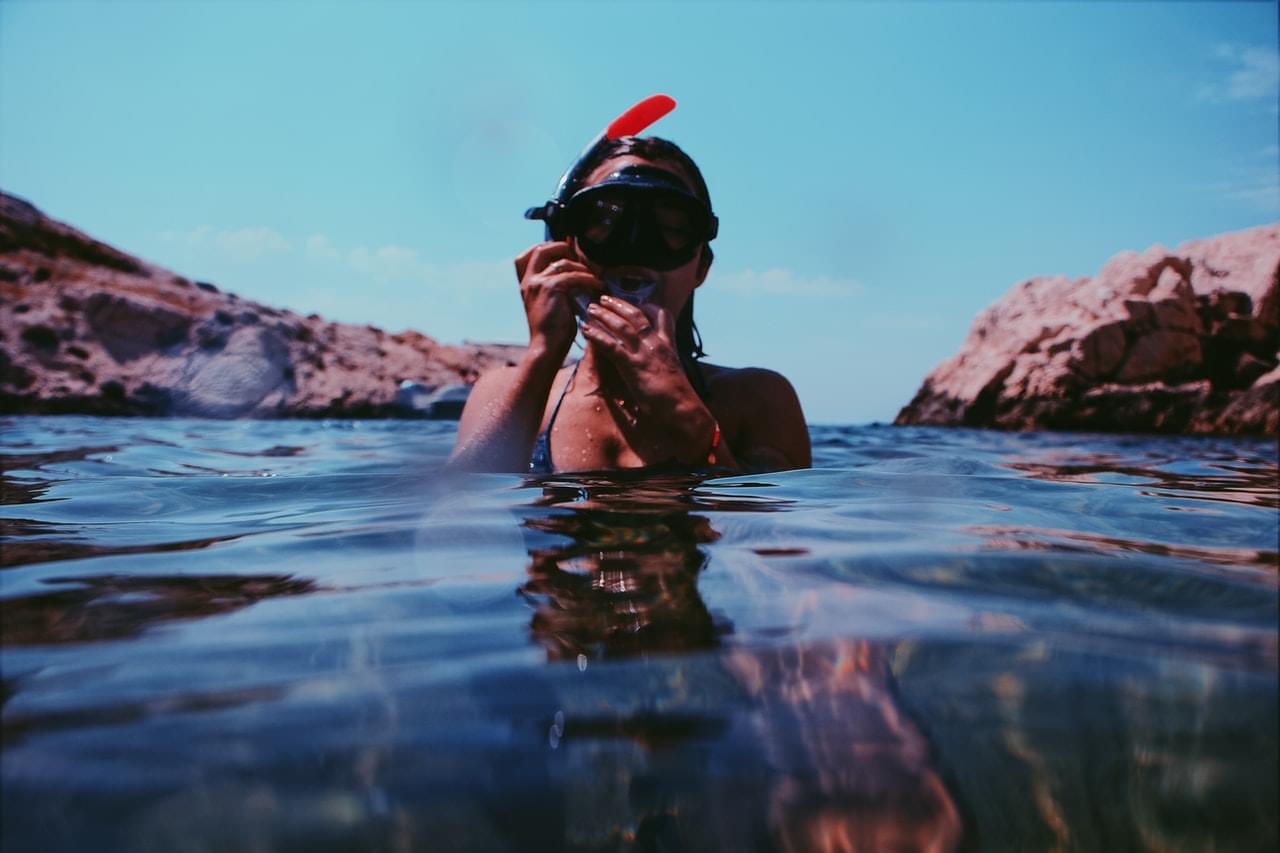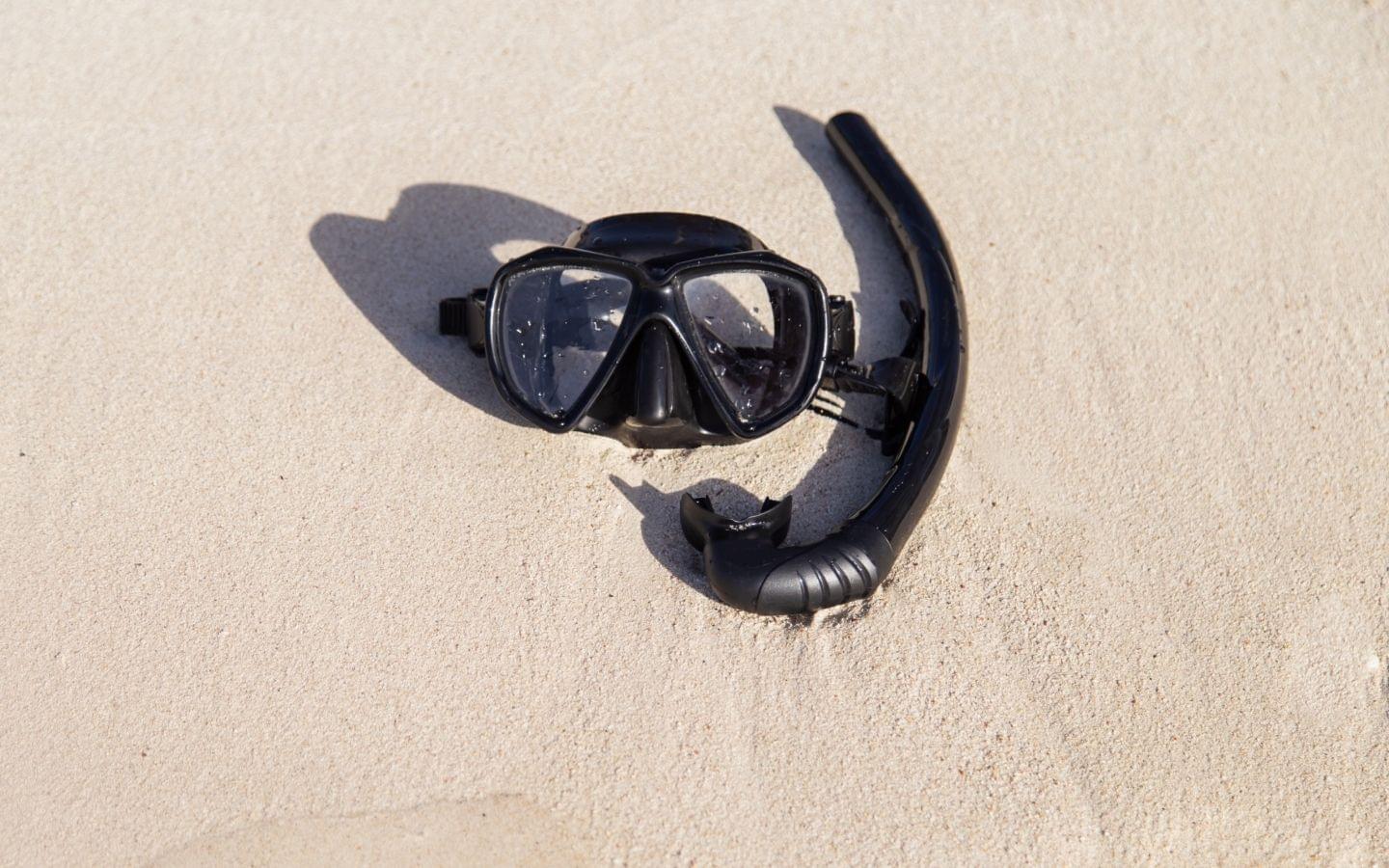How to clean snorkeling gear
It may be tempting to toss your snorkeling gear aside and relax on the beach after a couple of hours in the water. But spending just a few extra minutes cleaning your equipment after each snorkeling outing can significantly extend its life and help keep you safe.
Knowing how to clean, maintain, and store snorkeling gear is a skill all snorkelers should learn. We’ve put together some tips for taking care of your equipment to help you keep it in great shape.
Cleaning and maintaining snorkeling gear
At a minimum, you should rinse your gear with fresh water as soon as you finish snorkeling and let it air dry away from direct sunlight. For a deeper clean, soak the equipment in warm water with a gentle soap or dish detergent and gently wipe away any debris. Rinse the equipment thoroughly and allow it to air dry in the shade.
Always let your gear dry completely before storing it, and keep it in a well-ventilated, dry place away from direct heat and sunlight.
Proper cleaning and rinsing are especially important if you are snorkeling in salt water since it deteriorates the equipment faster than freshwater. No matter what type of water you’re snorkeling in, get into the habit of cleaning your gear as soon as possible afterward to make it last.
Many boats and beaches have freshwater hoses or showers where you can rinse your snorkel gear and clean off any salt, seaweed, sand, or other debris. You can then do a more thorough cleaning when you get back to your hotel, apartment, or home.
Below you’ll find detailed instructions for cleaning different kinds of snorkeling equipment, including your mask, snorkel, fins, wetsuit, and snorkel vest.
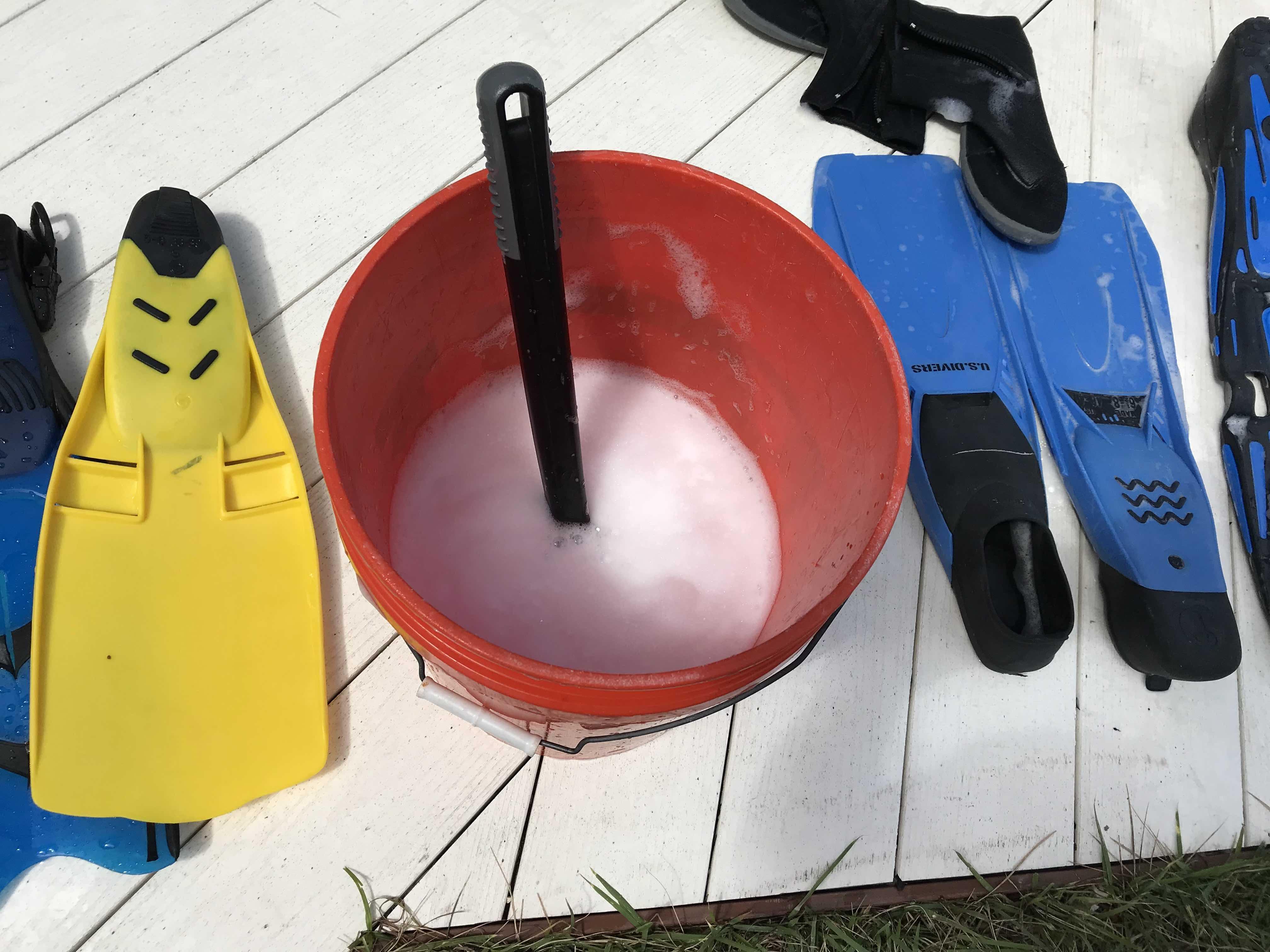
How to clean masks
Improper care of masks can lead to scratches, poor visibility, and stretching. Follow the steps below after each snorkeling session to keep your mask in excellent condition.
- Rinse your mask as soon as possible with fresh water to get rid of any debris.
- Soak the mask face-up in warm water with a silicone-based cleaning solution from a dive shop or mild dish soap (choose one that does not contain alcohol or petrolatum). Avoid washing the mask with hot water—temperatures 120-degrees Fahrenheit or higher will soften the skirt over time and lead to a poor fit.
- Check the skirt to make sure there’s no sand or salt build-up trapped under the seal.
- Avoid scrubbing and don’t use any harsh or abrasive cleaners, as these could damage the mask.
- Wipe dry with a soft towel and store in a mask case to prevent scratching.
- Store the dry mask away from direct heat and out of direct sunlight.
Plastic masks are especially prone to scratching and require extra caution when cleaning them. Tempered glass lenses are more resistant to scratches, but you should still be careful when washing and drying the mask.
Preparing your mask for first-time use
Many snorkel masks with glass lenses come with a silicone coating leftover from manufacturing processes.1 This film can cause fogging underwater, even if you use an anti-fog solution on the mask. You’ll need to do a few things to remove the coating and prepare your new mask for use:
- Wash and dry your hands to make sure your fingers are free of dirt and debris.
- Make sure the mask and lenses are dry.
- Apply a pea-sized drop of standard white toothpaste (avoid the gel kind) to the mask and rub it on both sides of the lens with your fingers. Use gentle circular motions.
- Rinse the mask and rub the toothpaste off the lenses with your fingers. Pay extra attention to the edges and get rid of any toothpaste that accumulated there. You can use a soft damp cloth (microfiber works great) to help remove the toothpaste if needed.
- Give the mask an extra rinse to get rid of any residue.
- Dry the lens and repeat these steps 5-7 times.
- Apply a defogging agent to the inside of the lens, such as a commercial anti-fog solution, baby shampoo, or gentle, biodegradable dish detergent. Rub the defogger around the lens with your finger, and then briefly rinse with fresh water, making sure to leave a thin layer inside the glass. Repeat this process before each snorkeling session.
Do not use toothpaste on masks with plastic or polycarbonate lenses. This material scratches easily and will not respond well to the toothpaste or your fingernails. Some plastic lenses already come with an anti-fog agent and don’t need any pre-treating.
Before prepping your mask, check the manual or the manufacturer’s website to make sure you don’t cause any damage.
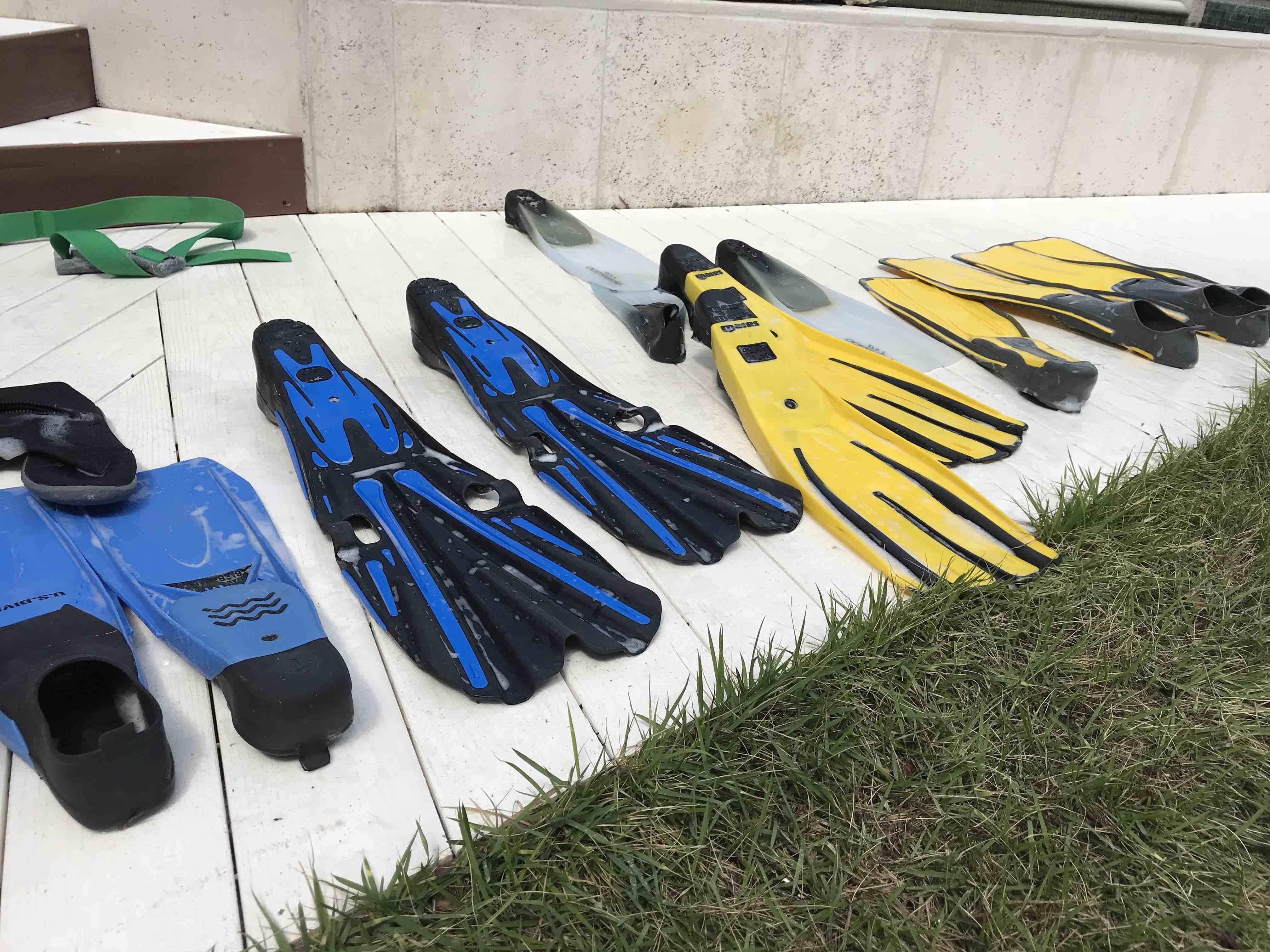
How to clean snorkels
Properly cleaning and maintaining your snorkel is important not only to prolong the life of the equipment but also to protect your health and safety.
Mold and mildew growth is not ideal on any of your gear and is especially problematic in snorkels. Inhaling these organisms can cause an allergic reaction in the lungs, which can lead to life-threatening conditions.2
Follow the guidelines below to keep your snorkel free of bacteria, mold, and other microorganisms and ensure it’s safe to use for years to come.
General care:
- Rinse the snorkel tube under running water immediately after snorkeling. Check the purge valve, mouthpiece, splash guard, and all nooks for any debris.
- Fill a bucket with warm water and add a few tablespoons of gentle soap or dish detergent. Vinegar also works, but the snorkel may require a bit more scrubbing than if you use soap.
- Soak the snorkel in the solution for around 5 minutes.
- If needed, you can use a soft toothbrush to gently scrub away any remaining debris, including inside the breathing tube.
- Rinse thoroughly and let it air dry away from direct heat and sunlight.
- Store the snorkel in a mesh bag in a cool, dry place.3
Deep cleaning:
If you see mold growing on your snorkel or if it has been in storage for an extended period, you may need to use bleach to disinfect it thoroughly.
- Dilute a tablespoon of bleach in a bucket of warm water.
- Soak the snorkel in the bleach solution for up to 30 minutes.
- Rinse thoroughly under running water.
- Allow the snorkel to air dry.
How to clean fins
Fins are one of the simplest pieces of snorkeling equipment to clean.
- Rinse the fins in fresh water immediately after snorkeling. Pay extra attention to the foot pocket and rinse out any sand, shell fragments, or other debris. If you do not clean this area thoroughly, it could cause irritation or a rash the next time you use the fins.4
- After taking care of your mask and snorkel, soak the fins in a bucket of warm, soapy water.
- Clean out any remaining debris with a soft sponge or cloth. Avoid using a scrubbing tool or a stiff brush.
- Rinse well.
- Wipe the foot pocket with a soft, dry towel and set the fins aside to air dry in the shade.
- If you use inserts to keep the foot pockets from collapsing, wait to put these in the fins until they are completely dry.
- To avoid bending the blades, store your fins either by laying them down flat or hanging them up by the strap if they have one.
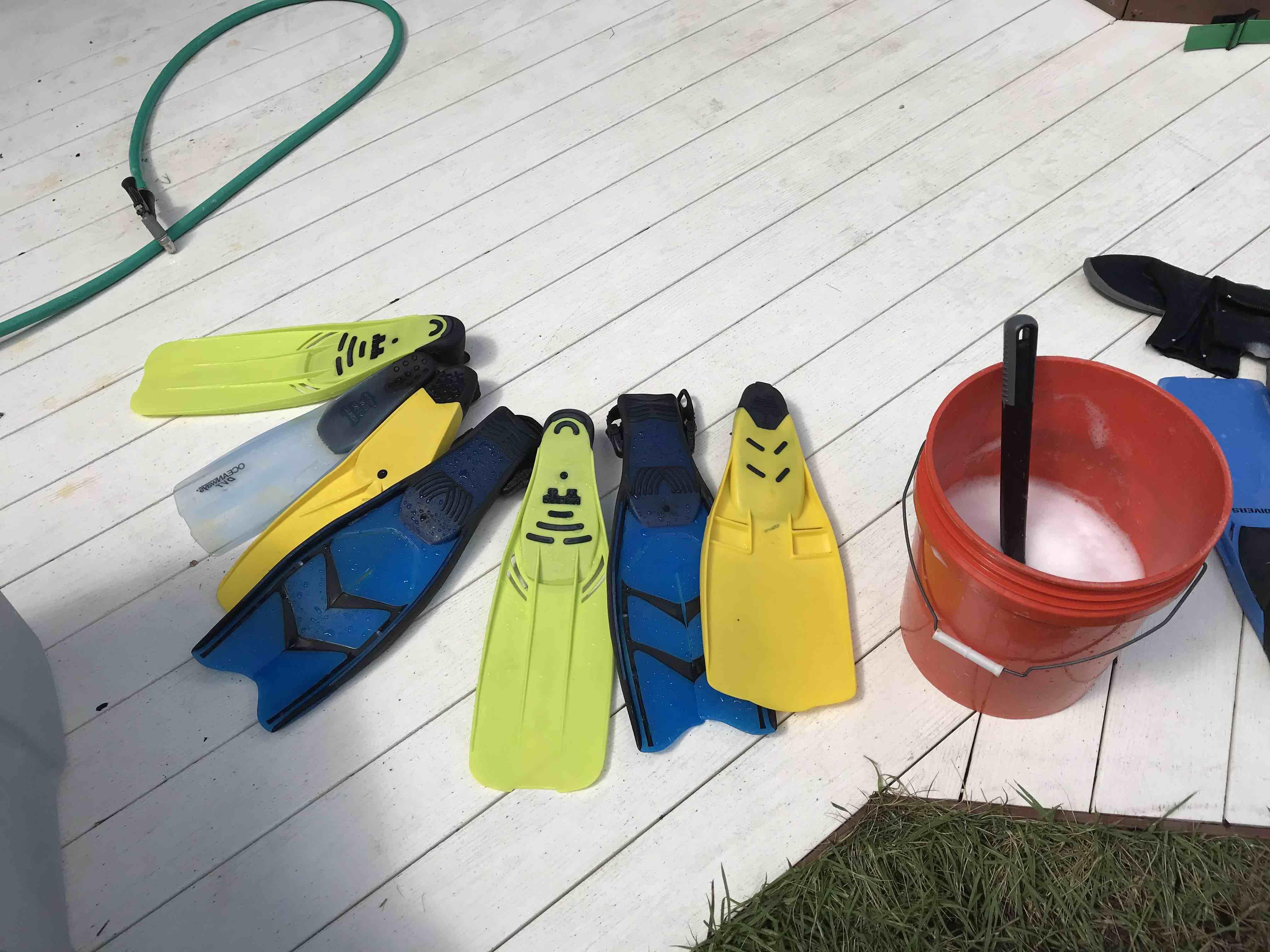
How to clean wetsuits
Depending on where you are snorkeling, you might need additional gear like a wetsuit or rash guard. Wetsuits are very common in scuba diving and are required for snorkeling in areas with cold water.
Like your other gear, you’ll need to carefully wash, dry, and store your wetsuit after each use.5
- At a minimum, rinse your wetsuit—inside and out—with fresh water after wear.
- If possible, soak the wetsuit in fresh water for at least half an hour, then change the water and repeat.
- Do not knead the wetsuit or wring out the water. Doing so will break down the structure of the neoprene, eventually rendering it useless.
- Rinse with clean water.
- To dry the suit, turn it inside out and hang it up using a wide plastic or wooden hanger. Avoid thin and wire hangers since they cut into the material and leave a crease. Dry in the shade in a well-ventilated area.
- If you are not using the wetsuit for a while, give it a deep clean before storing it. Soak it for a few hours in a tub of warm water and either special wetsuit soap or detergent suitable for delicate clothes, such as Woolite. Repeat the soak with clean water, then rinse thoroughly. Follow step 5 for drying and storing the wetsuit.
How to clean snorkel vests
Snorkel vests are not required equipment for snorkeling, but many people enjoy the flexible buoyancy and ability to relax. These flotation devices are straightforward to clean.
- Rinse the vest with fresh water after each use and let it dry. Pay extra attention to the inflation valve—sand and other debris can accumulate here and interfere with the valve’s function.
- Thoroughly wash your snorkel vest using mild soap and either cool or warm water before storing it for long periods of time, such as over the winter.
- Let it dry completely before storing to prevent the growth of mold and mildew. It’s best to leave the vest about ¼ inflated, but you can store it completely deflated if needed.
Conclusion
Quality snorkeling gear is not cheap, and having to replace your equipment due to improper care and storage can be costly and harmful to the environment. Fortunately, snorkeling equipment can last for years with simple care and maintenance.
Following these guidelines should help you get the most out of your gear, but it’s important to always check the manufacturer’s recommendations before cleaning your snorkeling equipment. When in doubt, contact the company to ensure the cleaning products and methods you intend to use will not damage the equipment.
References
Last updated 29 June 2021
